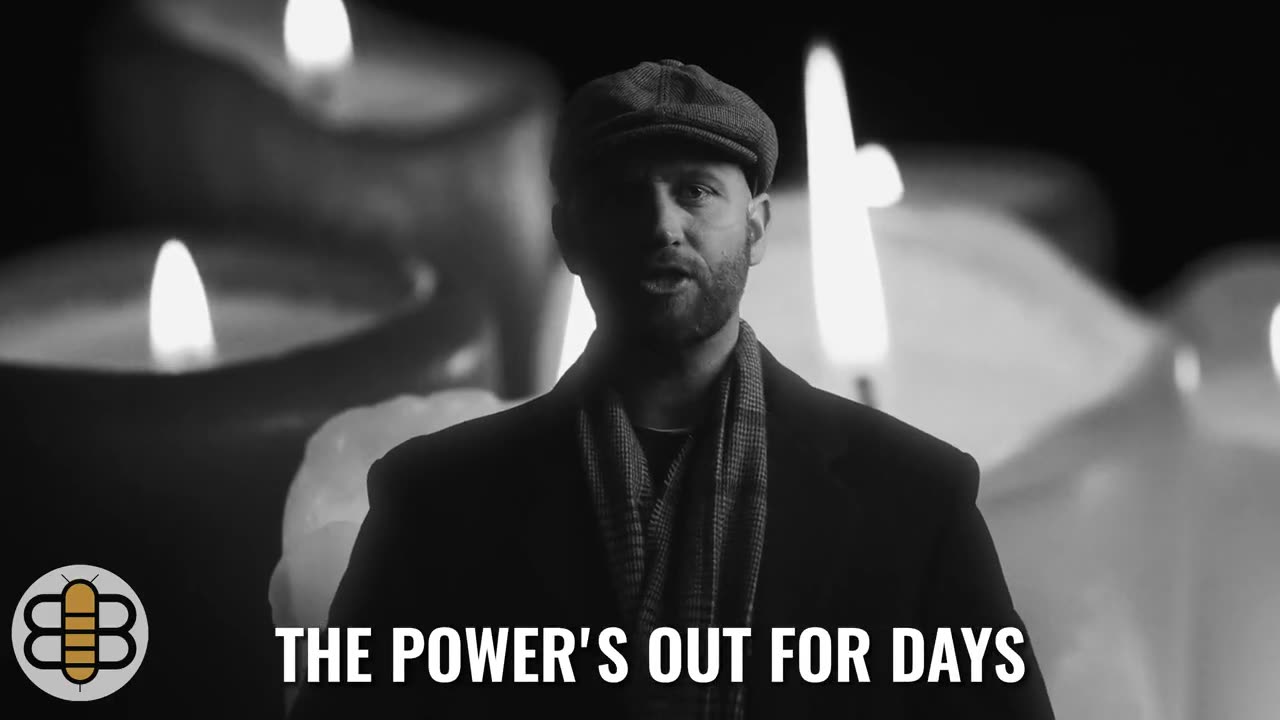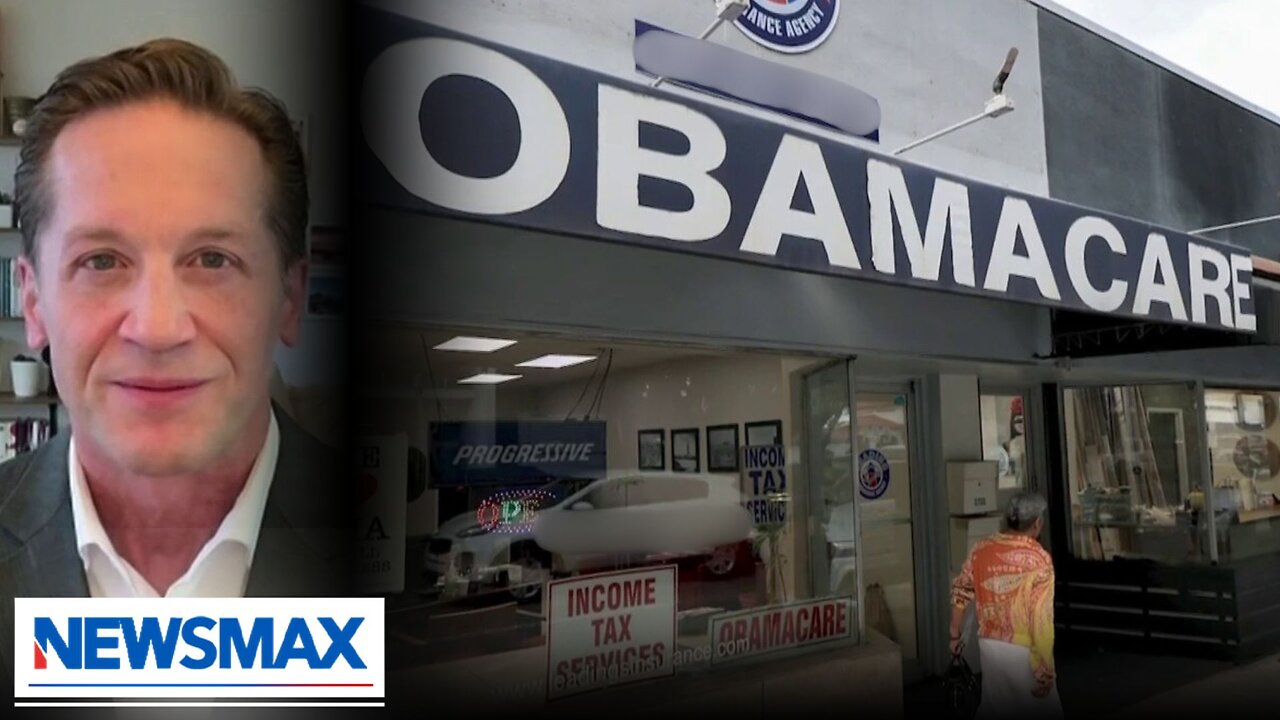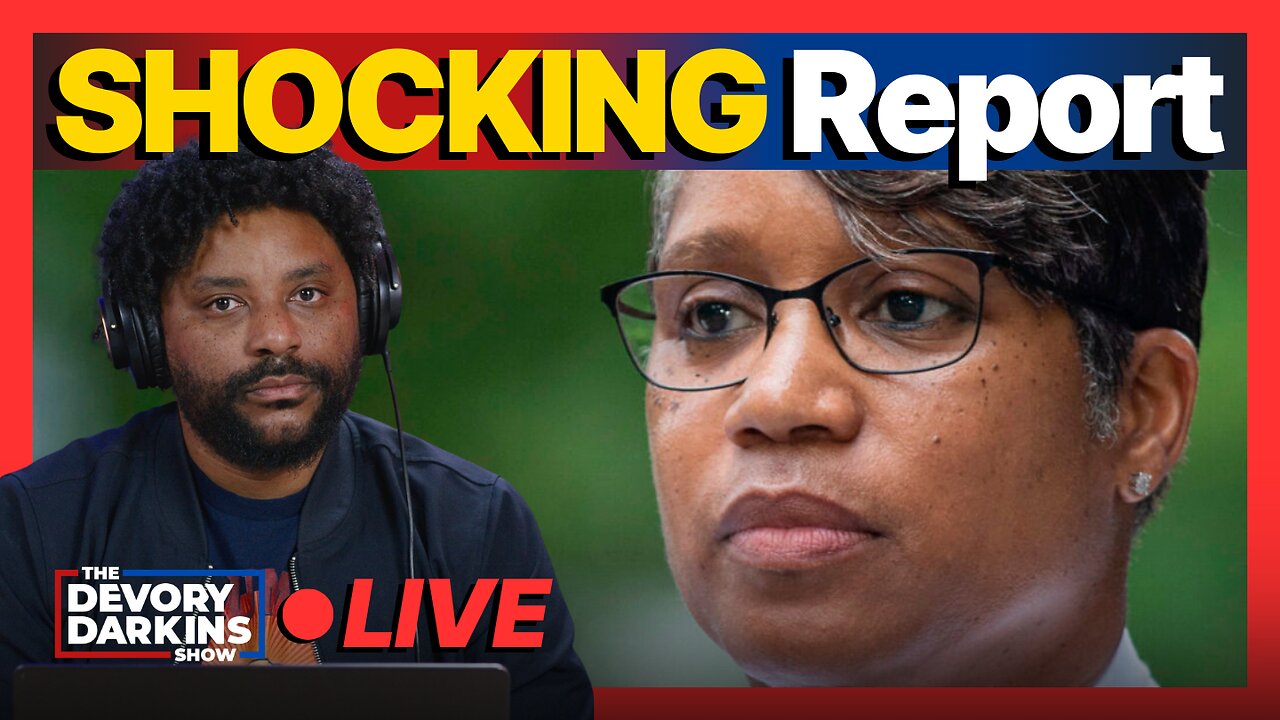What’s Going on With Planned Parenthood?

Planned Parenthood has had a terrible, horrible, no good, very bad year. So far, 40 clinics have announced closures, in red and blue states alike—and we’re still counting.
Live Your Best Retirement
Fun • Funds • Fitness • Freedom
Why is the abortion giant, which received over $800 million in federal funding last year alone, in such dire straits? There are lots of factors, many involving recent public policy changes. But there have also been ongoing changes to the broader landscape, years in the making, that affect its operations and business model.
Here’s what you need to know.
Earlier this year, the Trump administration started clawing back Title X family planning grant money from Planned Parenthoods that might have failed to comply with anti-DEI policies. More such action seems inevitable if and when the administration revives a regulation prohibiting Planned Parenthood clinics from receiving certain grants if they refuse to separate their abortion work from their non-abortion work.
Then, in June, a Supreme Court decision paved the way for states to defund Planned Parenthood.
And in July, Congress passed the “One Big, Beautiful Bill,” which included a provision prohibiting Planned Parenthood from receiving Medicaid payments for one year. That provision is currently blocked during litigation as abortion activists (and activist judges) try their best to argue that the Constitution somewhere, somehow, requires Congress to fund Planned Parenthood despite a duly elected Congress passing a bill that says otherwise.
Nonetheless, such actions are having an immediate effect.
Already, Planned Parenthood is assuming that more states will follow South Carolina’s lead and cut off state funding. The abortion giant also clearly isn’t confident that activist judges will save its Medicaid funding that was stripped by the One Big, Beautiful Bill. And ever since President Trump’s re-election, Planned Parenthood is well aware it can’t continue its abortion business without fully separating it, physically and financially, from Title X family planning services—at least if it wants to keep grants for such services.
All those millions add up—and quickly.
Many pro-lifers had hoped for a longer timeframe for the One Big, Beautiful Bill’s ban on Planned Parenthood funding. In fact, the original version called for a 10-year defund, not one year. Still, many clinics simply can’t function without the taxpayer support they’ve received in the past—even for one year.
Beyond all the 2025 developments, the fact that Planned Parenthood clinics can’t survive even a one-year loss of some—not all—funding, points to deeper, longstanding structural issues. And Planned Parenthood’s problems are now multiplying faster than it can respond.
Take clinic closures and consolidation.
Planned Parenthood has already been operating fewer clinics in recent years, a trend started long before the Dobbs decision overturning Roe v. Wade, which ushered in protective pro-life policies in many states.
In 2006, Planned Parenthood reported serving 3 million clients at 860 clinics. In 2015, it reported 2.4 million clients at 650 clinics. Now, they’re down to 2.08 million clients and “nearly 600” clinics.
Overall healthcare trends, policy shifts, and technological changes are causing mounting challenges to Planned Parenthood’s business model. For instance:
- Birth control: Women simply don’t rely on Planned Parenthood for birth control like they used to. Planned Parenthood had 3.7 million contraception clients in 2005, compared to just 2.2 million in 2024. And Planned Parenthood annual reports show that more of its contraception clients are opting for long-acting methods like intrauterine devices rather than for birth control pills. In 2005, only 1.1% of clients opted for IUDs. In 2024, that fraction had grown to 23%. These devices can last for years at a time, and they don’t require monthly or even annual visits for refills or checkups. Not only that, but even birth control pills no longer require the Planned Parenthood middleman: One is already available over the counter, and another is under review by the Food and Drug Administration.
- Medicaid: A large fraction of Planned Parenthood clients are Medicaid patients, which means low reimbursement rates. When clinics rely on Medicaid for half (or more) of their funding, they have almost no financial wiggle room.
- Telehealth: Many appointments can be done online, no brick-and-mortar clinic needed. From birth control to STI consultations to, yes, abortion pills, Planned Parenthood doesn’t have a monopoly anymore because many new telehealth companies now provide the same services.
- Abortion pills: North of 60% of abortions are now performed via pill rather than surgery. In some states, providers can recklessly provide these dangerous pills via telemedicine and send pills through the mail—no in-clinic visit required. Abortion pills are cheaper than surgical abortion, and dangerous online abortion pill websites have cut into Planned Parenthood’s abortion market share.
- Alternatives: Some women now opt for services at places like urgent care and minute clinics, which are much more prevalent today than they were, say, 20 or even 10 years ago. And they don’t carry the political and social baggage Planned Parenthood carries.
Even in very pro-abortion states, women simply don’t need to go to Planned Parenthood for abortion—or other services—in person or as often as they used to. That has downstream effects on business model.
None of these dynamics are news to Planned Parenthood. In fact, a decade ago, the abortion giant started diversifying its portfolio by hitching its cart to the gender identity horse. Now, it’s one of the largest providers of sterilizing cross-sex hormones in the country—including to minors.
But Planned Parenthood’s reliance on Medicaid funds isn’t something the abortion giant can quickly pivot from. And as any business owner knows, you can’t just hit the pause button when times get tough and then pick up where you left off when conditions improve.
Planned Parenthood is no different: They can’t just close a clinic for a year or two and reopen again later. They have rent and taxes to pay, staff who will find jobs elsewhere, and women who will seek real healthcare elsewhere—perhaps from the federally qualified health centers that outnumber Planned Parenthood clinics 15-to-1.
Planned Parenthood’s operational and financial woes can’t be blamed on any single factor or policy choice. But combine everything together, and Planned Parenthood clinics face an existential crisis across the country, in red and blue states alike.
Let’s hope the trend continues. Women, girls, and unborn children win when they can get real health care, with real choices, somewhere else.
The post What’s Going on With Planned Parenthood? appeared first on The Daily Signal.
Originally Published at Daily Wire, Daily Signal, or The Blaze
What's Your Reaction?
 Like
0
Like
0
 Dislike
0
Dislike
0
 Love
0
Love
0
 Funny
0
Funny
0
 Angry
0
Angry
0
 Sad
0
Sad
0
 Wow
0
Wow
0








































































